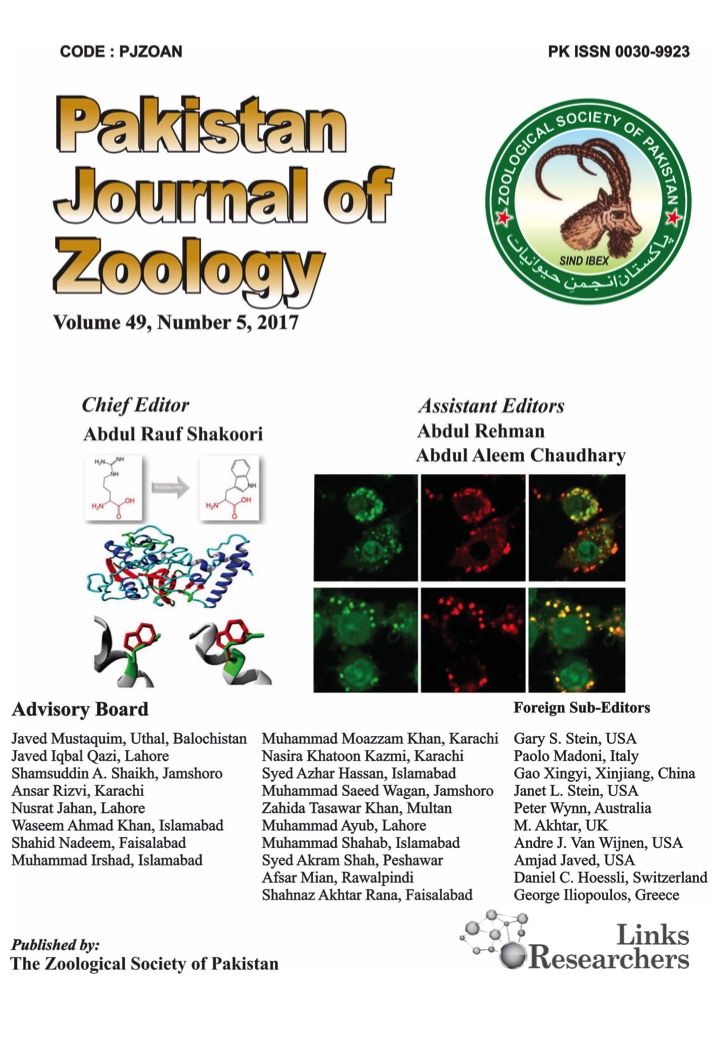Serum Progesterone Levels Post-Cosynch Treatment in Pesisir Cattle as a Genetic Resource in West Sumatra
Serum Progesterone Levels Post-Cosynch Treatment in Pesisir Cattle as a Genetic Resource in West Sumatra
Tinda Afriani1*, Zaituni Udin1, James Hellyward1, Endang Purwati1, Jaswandi Jaswandi1, I. Made Merdana2
ABSTRACT
To share on other social networks, click on any share button. What are these?






